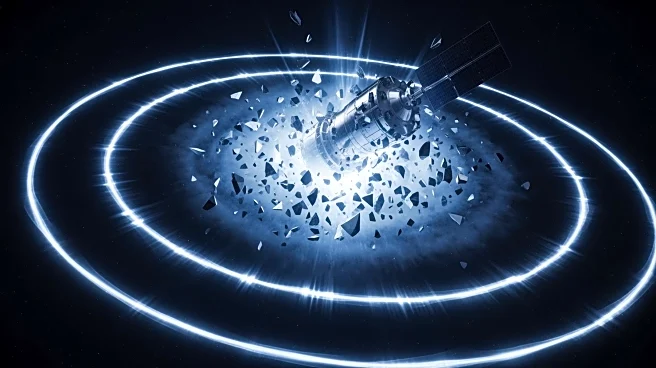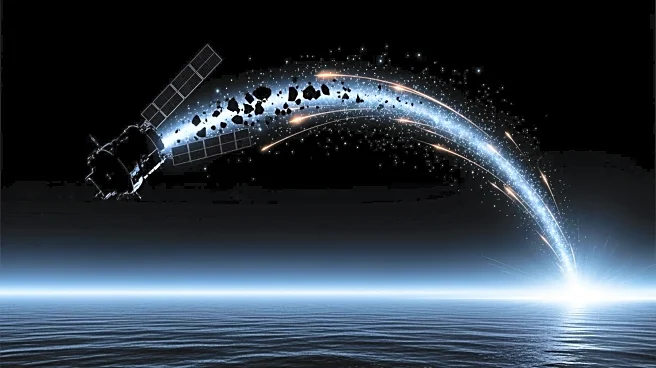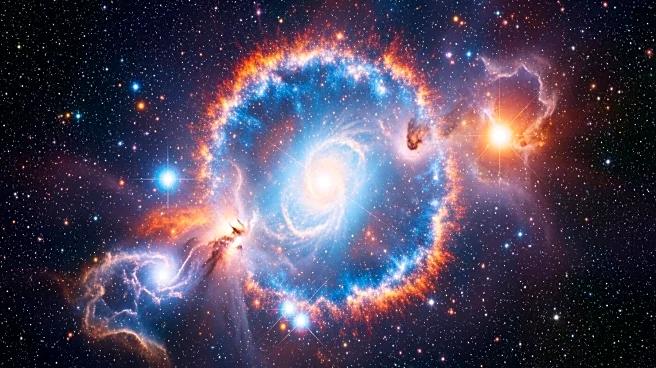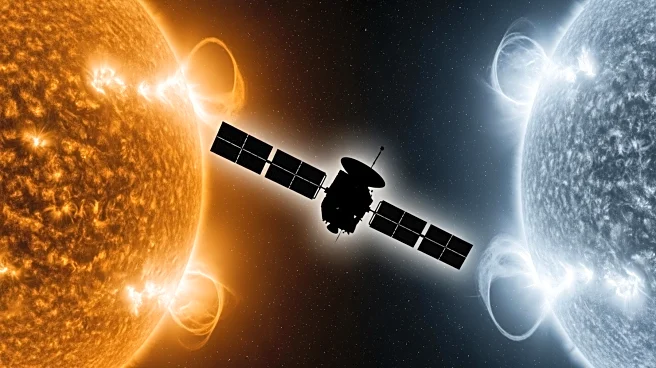What's Happening?
A Chinese satellite, XYJ-7, disintegrated at supersonic speed above the Canary Islands, producing a strong shockwave detected by the islands' seismic network. The event occurred on October 16, 2025, and was
initially unidentified, later confirmed as a satellite reentry. The shockwave was powerful enough to be picked up by seismic instruments, illustrating the impact of space debris reentry on the Earth's atmosphere.
Why It's Important?
The disintegration of the satellite highlights the risks associated with space debris reentry, which can produce shockwaves capable of causing damage on the ground. This event underscores the need for improved tracking and management of space debris to prevent potential hazards. It also demonstrates the collaboration between seismology and astronomy in monitoring atmospheric events, contributing to public safety and scientific understanding.
What's Next?
Efforts to enhance space debris tracking and management are likely to continue, aiming to mitigate risks associated with reentry events. Researchers may further investigate the atmospheric effects of such events to improve predictive models and public safety measures.











